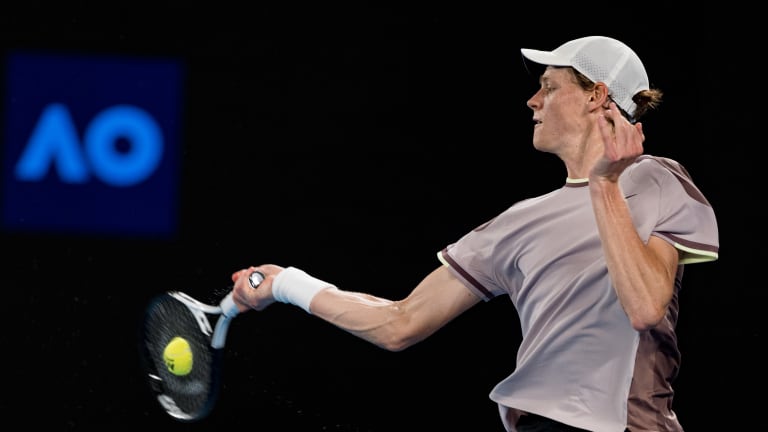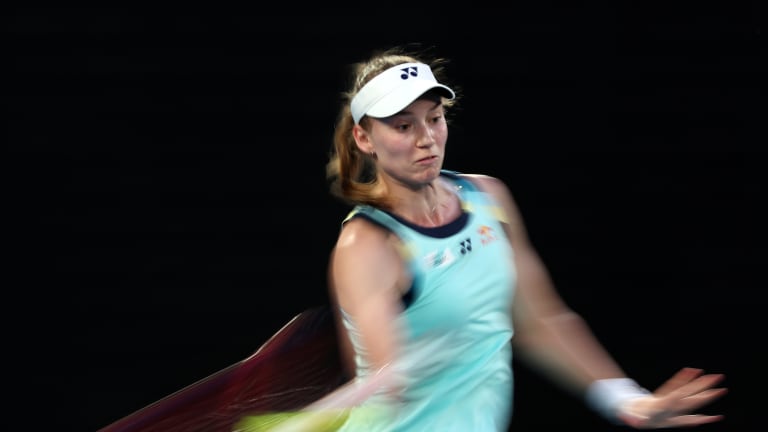Attack-first tennis is back, as Sinner's and Sabalenka's Australian Open wins indicate
By Feb 02, 2024Social
Jannik Sinner fuels need for speed at Abu Dhabi Grand Prix
By Dec 07, 2025The Business of Tennis
Inside BUNKR, the cybersecurity startup winning over the tennis world
By Dec 07, 2025Player News
Sorana Cirstea announces she'll retire from tennis after 2026 season
By Dec 06, 20252025 Year In Review
ATP Match of the Year honorable mentions: Learner Tien denies Medvedev in Melbourne epic and more
By Dec 06, 2025Style Points
Hair, hair! Joao Fonseca delivers on Basel promise with buzz cut, Mark Lajal chops trademark dreads
By Dec 05, 2025Facts & Stats
Most prize money in 2025: Aryna Sabalenka breaks single-season WTA record
By Dec 05, 20252025 Year In Review
ATP Match of the Year, No. 1: Carlos Alcaraz reaches God mode to win Roland Garros, but it took Jannik Sinner to push him there
By Dec 05, 20252025 Year In Review
ATP Player of the Year, No. 1: Carlos Alcaraz
By Dec 05, 2025Charlotte Invitational
Charlotte Invitational Highlights: Venus Williams brings flashy footwork, Andy Dalton schools Taylor Fritz
By Dec 05, 2025Attack-first tennis is back, as Sinner's and Sabalenka's Australian Open wins indicate
Old-school fans of offensive-minded tennis should find a lot to like in the way the game’s new stars—including Rybakina and Alcaraz—are bringing the heat.
Published Feb 02, 2024
Advertising
Advertising
Advertising

Jannik Sinner was on the ropes in the final—until he gave Daniil Medvedev a taste of his own aggressive medicine.
© © Andy Cheung / ArcK Images / Getty Images
Advertising
Advertising

Can nostalgic tennis fans, who still yearn for a more classic style, find what they’re looking for in the attack-first mentalities of Sinner, Alcaraz, Sabalenka and Rybakina?
© Getty Images